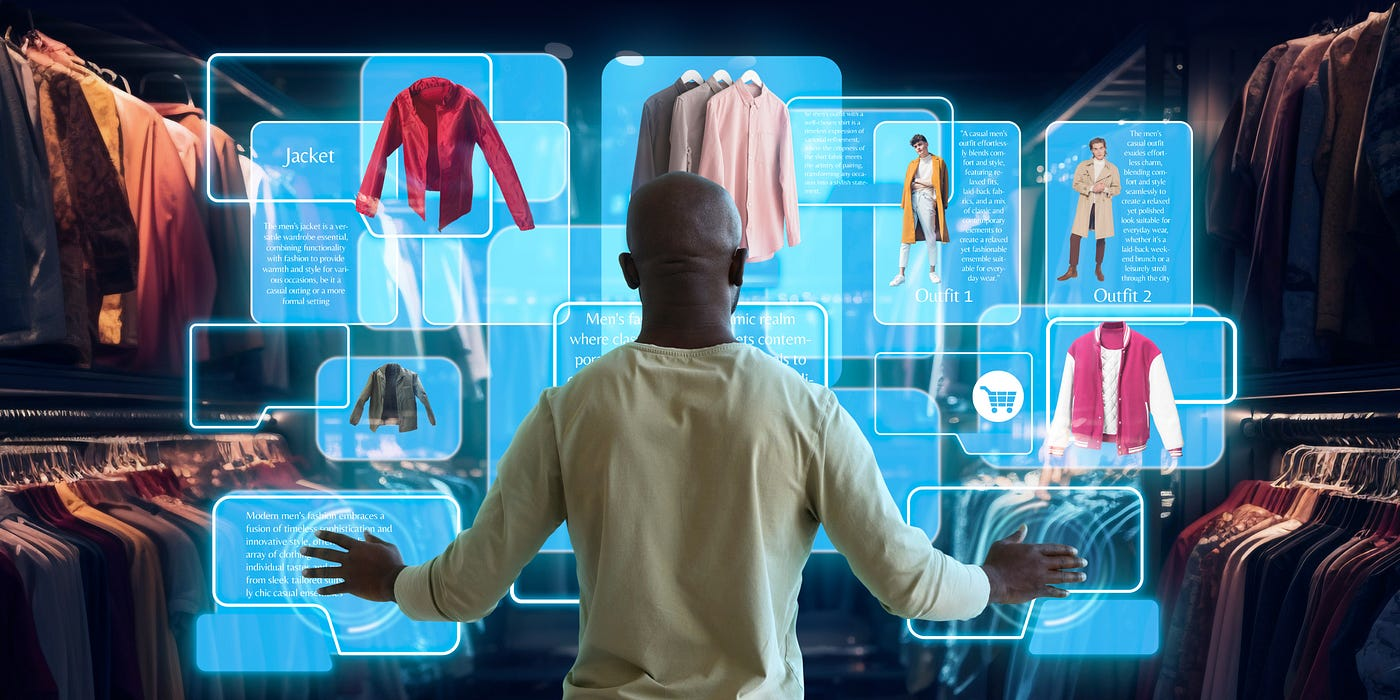Now Reading: Experiential Shopping Is Transforming How Customers Engage with Stores Today 2025
-
01
Experiential Shopping Is Transforming How Customers Engage with Stores Today 2025
Experiential Shopping Is Transforming How Customers Engage with Stores Today 2025

Table of Contents
In today’s fast-paced retail environment, traditional shopping is no longer enough to attract customers. Shoppers are looking for more than just products they crave experiences. This is where experiential shopping comes in. By combining interactive experiences with physical products, brands are creating memorable journeys that encourage customer engagement, loyalty, and repeat visits.
Experiential shopping focuses on transforming ordinary retail spaces into immersive environments where customers can touch, feel, and interact with products in unique ways. Unlike standard , which centers on transactions, shopping emphasizes emotional connection and entertainment.
Why Experiential Shopping Matters
Modern consumers are increasingly seeking personalized and meaningful experiences. In a world dominated by online shopping, physical stores must offer something that digital platforms cannot replicate. Experiential fills this gap by providing sensory engagement touch, sight, smell, and sound that online stores cannot deliver.
Research shows that customers who have a positive in-store experience are more likely to make purchases, recommend the brand to friends, and return in the future. This makes experiential a critical strategy for retailers aiming to boost sales and brand loyalty simultaneously.
Examples of Experiential Shopping
Retailers across industries are adopting creative ways to bring experiential shopping to life. Some popular examples include:
- Interactive Store Layouts – Stores designed with interactive displays allow customers to engage with products in fun and innovative ways. Technology such as augmented reality (AR) and virtual reality (VR) can enhance this experience.
- Workshops and Events – Brands often host in-store workshops, product demonstrations, and themed events to create a sense of community and engagement. For example, beauty brands may offer live makeup tutorials while tech stores might provide hands-on gadget experiences.
- Immersive Themes – Some retailers design their stores around a specific theme or story, creating an environment where customers feel transported. This approach often turns shopping into a form of entertainment.
- Personalized Customer Service – Experiential shopping is not just about visuals; it also emphasizes tailored services, where staff guide customers through curated product experiences, enhancing satisfaction.
The Role of Technology in Experiential Shopping

Technology has become a key enabler of experiential shopping. From smart mirrors in clothing stores to AR apps that visualize furniture in a home setting, tech innovations make shopping more interactive and memorable.
Mobile apps and digital kiosks also allow customers to access product information, customize items, and participate in loyalty programs seamlessly. Retailers are integrating digital solutions to create a hybrid experience, blending the convenience of online shopping with the excitement of physical engagement.
Benefits for Retailers
Adopting experiential shopping strategies provides numerous benefits for retailers:
- Increased Foot Traffic – Unique experiences draw customers into stores, which is especially valuable in the age of e-commerce.
- Stronger Brand Loyalty – Memorable interactions create emotional connections, encouraging repeat business.
- Higher Sales – Engaged customers are more likely to explore additional products and make larger purchases.
- Positive Word-of-Mouth – Shoppers often share their experiences on social media, providing organic marketing reach.
Experiential shopping is more than a trend—it is a necessity for retailers aiming to differentiate themselves and thrive in a competitive market.
Challenges and Considerations

While experiential shopping offers significant advantages, it comes with challenges. Retailers must invest in innovative store designs, technology, and staff training, which can be costly. Additionally, they need to continuously evolve experiences to meet changing customer expectations.
Another challenge is balancing entertainment with practicality. While immersive experiences attract customers, they must also ensure convenience and product accessibility to maintain sales efficiency.
The Future of Experiential Shopping
The future of retail will increasingly focus on experience-driven strategies. With advancements in technology, such as AI, AR, and VR, retailers can offer even more personalized and interactive shopping journeys. Pop-up stores, virtual try-ons, and interactive product storytelling are likely to become standard components of retail strategies.
Retailers who embrace experiential shopping are better positioned to create long-term customer relationships and compete with e-commerce giants. As consumer expectations evolve, shopping will be less about necessity and more about engagement, entertainment, and emotional connection.
Conclusion
Experiential shopping is transforming the retail landscape. By offering immersive, interactive, and memorable experiences, brands can create stronger emotional connections with customers, drive higher sales, and stand out in a crowded marketplace. In a world where online shopping is convenient but impersonal, experiential shopping provides the missing element a human-centered, memorable retail journey.
Retailers that invest in this approach will not only attract more customers but also build lasting loyalty and a stronger brand reputation, setting a new standard for modern shopping.
Do Follow Estate Magzine on Instagram
Read More:- Top 10 Property Brokers in Dubai You Need to Know Now



















